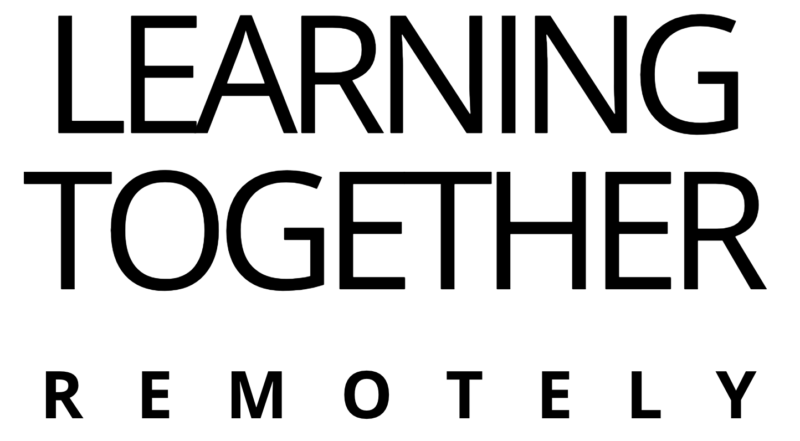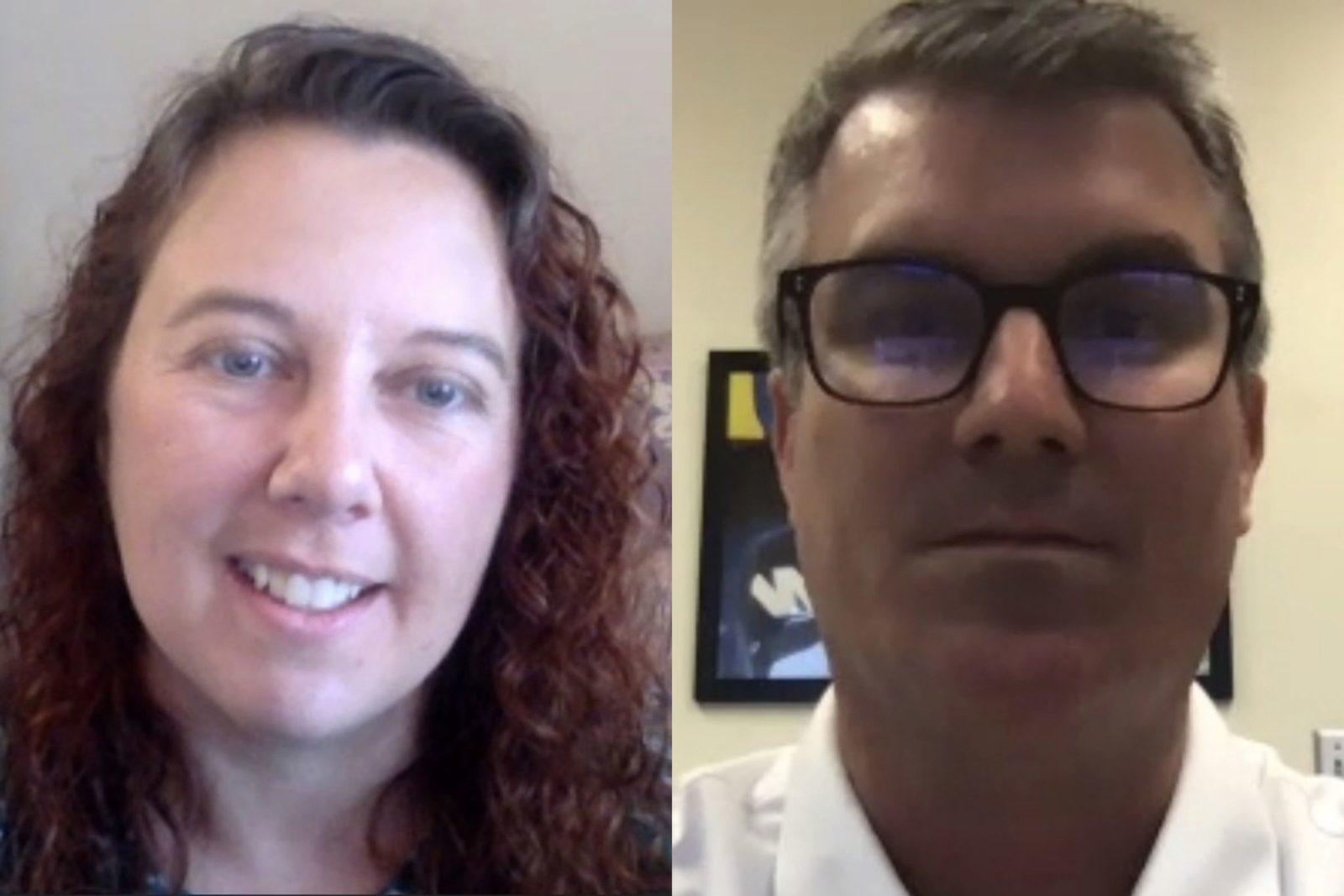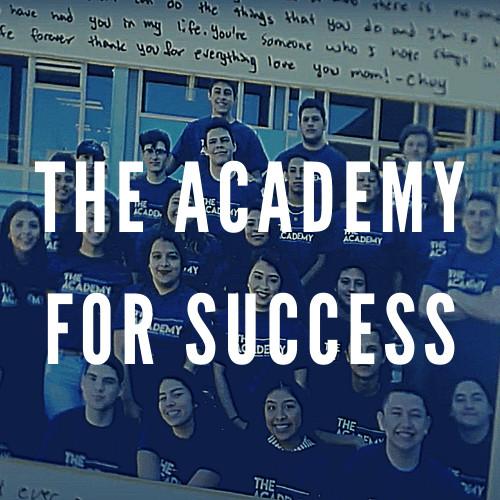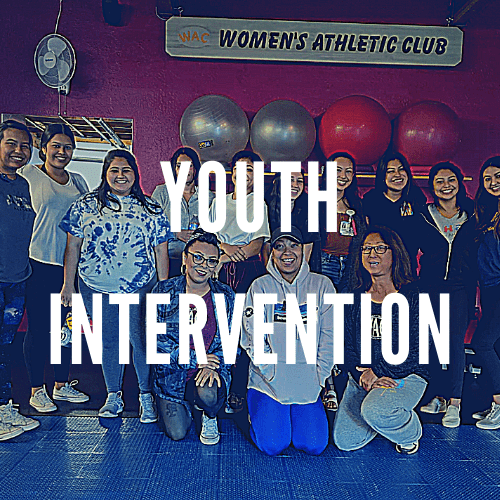Join us as we look at how our local students are

Did You Miss the Remote Learning Webinar?
Last Friday, we hosted the “Learning Together Remotely: Navigating Education in the COVID-19 Era” panel discussion with our friends at Noozhawk. Our panel of superstar educators addressed the hurdles our schools are facing and how remote instruction has changed the learning experience during the COVID-19 pandemic.
Source: Noozhawk
Noozhawk Webinar Focuses on Navigating Education During COVID-19 Pandemic
Educators from the Santa Barbara Unified School District discuss the challenges and opportunities to emerge after switching to remote learning
Noozhawk hosted a webinar on Friday that addressed education hurdles and how remote instruction changed the learning experience during the COVID-19 pandemic.
The webinar, titled “Learning Together Remotely: Navigating Education in the COVID-19 Era,” explored the lessons and challenges as educators and students switched from face-to-face classes to remote learning.
During the webinar, viewers tuned in to an open discussion about how the pandemic accelerated technology-delivered instruction and fueled new opportunities.
Kim Clark, Noozhawk’s vice president of business development, moderated the free, live Zoom webinar with five educators from the Santa Barbara Unified School District.
In support of the school district, the Santa Barbara Education Foundation gathered an accomplished group of educators who have worked tirelessly to help young learners stay engaged and on track during these unprecedented times.
The Santa Barbara Education Foundation supports and provides programs that enrich the academic, artistic and personal development of students in the Santa Barbara Unified School District.
More than 100 people registered for the webinar, and the 60-minute session included an insightful question-and-answer session with guest speakers.
Click here to view the webinar recording with password 7P!hh^=^.
Youths across Santa Barbara County are not attending regular in-person classroom instruction because of state-mandated closures in an attempt to slow the spread of COVID-19. Educators and school officials continue to provide a wide range of essential services.
When asked about some significant challenges that students are facing during school closures and the implementation of remote learning, Dos Pueblos High School Principal Bill Woodard spoke about the nature of COVID-19-related school closures.
The campus community had to shift gears on the fly.
“We aren’t really doing distance learning or remote learning,” he said. “We are doing emergency COVID-19 response learning, and therefore, not having any preparation for that was extremely challenging as we rolled it out.”
The spread of the coronavirus forced school campus closures in March.
Students were suddenly cut off from peers and school teachers, and everyone had to quickly adopt digital technology.
“Students were not expecting it, and teachers were not expecting it to be for the rest of the school year,” Woodard said. “They didn’t have any sort of warning that it was coming.
“There were a lot of unmet needs in terms of just simply emotional safety, and also physical safety and comfort. Parents were losing their jobs. There were food insecurity issues, and on top of that, now you have to shift the way you’re learning at home.”
Some students didn’t have a conducive learning-at-home environment, and “some still don’t, frankly,” Woodard said.
Franklin Elementary School music teacher Joanna Pascoe spoke about the benefits that remote learning offers compared to traditional on-site instruction.
“My favorite part about all of this has been the sense of community, and not just within Santa Barbara but the global community,” Pascoe said.
She received an influx of emails, with people trying to help and provide online resources that can support students at home.
The shift to learning online in response to the COVID-19 pandemic allowed different types of teaching material compared to only in a classroom.
“The global aspect of suddenly having access to the Berlin orchestra or the Los Angeles Philharmonic or ballet companies in New York has been incredible,” Pascoe said. “A huge advantage of online learning is how much help and support we are getting from the global community.”
The change also cultivated independent learners, and students are learning more independently.
“We are teaching the students how to be their own learners, and how to find the resources for the subject you are most interested in,” Pascoe said.
Ali Cortes works through the Santa Barbara district as the clinical youth outreach worker. She provides trauma-focused intervention, such as case management, advocacy, mentorship, workshops, mediations, empowerment groups, and therapy to at-risk adolescents and families.
During the webinar, Cortes mentioned some obstacles to student success in the wake of remote learning. Humanizing technology is a big barrier, she said.
“No amount of remote learning is going to compare to the connection of a human being,” Cortes said. “We are all on the same ocean. We keep hearing the analogy of we are on the same boat, and we are not. We are all on the same ocean, and everybody is in a different place.”
Some students have come face to face with the challenge of not having specific instructional materials for hands-on programs.
Franklin Elementary STEAM (science, technology, engineering, arts and math) teacher Brendan Carroll said he gets creative with his lessons to keep students engaged. Young learners made origami, as well as sugar and salt crystal experiments and created aluminum foil boats.
“We don’t have the actual physical materials to give the students, so personally I have been trying to design engineering or science lessons based on my guesswork on what they (students) should have at home,” Carroll said. “This is sort of a patchwork band-aid situation.”
Kelly Choi, director and co-founder of Santa Barbara Unified’s Academy for Success program, also participated in the webinar. She described the lessons learned in the new world of remote instruction from the standpoint of an educator. For example, teachers learned new tools and other creative solutions.
“There are a lot of things us as teaches have wanted to do for a long time,” Choi said. “We have been in a cycle that has not allowed us as teachers to have time to get out there and try it or learn it — all of a sudden, we were forced into a level of skill like learning technology and Zoom.”
Noozhawk held its first webinar earlier this week, focusing on how the community is dealing with mental wellness during the coronavirus pandemic and local resources to help combat stress in the time of COVID-19.







